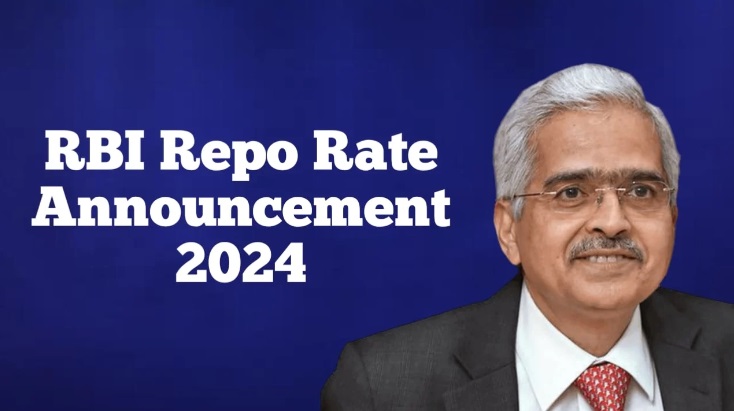Lets catch up with RBI Monetary Policy 2024, its insight and impact. After RBI`s announcement to keep Repo Rate unchanged at 6.5% post monetary policy meeting, the Indian stock market witnessed a strong selling pressure on Thursday. The Nifty 50 index lost to the tune of 1%, touched an intraday low of 21665, and recorded near 225 points in a single day. Likewise, Bank Nifty index today lost around 806 points while touching the intraday low of 44,893 level.

On the reason for stock market reaction post RBI MPC meeting, the experts said “The RBI keeps interest rates unchanged, as expected, but the tone is still cautious about inflation, and there are no indications of an interest rate cut in the near term, while the market was expecting a dovish stance after the government kept the fiscal deficit at 5.1% in the budget. The market didn`t react much to it, but the basis is bullish, so we can expect the bank nifty to catch up in the medium term.”
RBI Monetary Poilcy FEB` 24:
The Reserve Bank of India’s monetary policy committee has decided to keep the policy repo rate unchanged at 6.5%. The six member committee voted by 5:1 majority to keep the report rate unchanged in its last meeting of FY24 as retail inflation continues to be above its target of 4%. This is the sixth meeting on the trot that the MPC has maintained a status quo on the repo rate bracket start the interest rate at which the bank draws funds from RBI to overcome short term liquidity mismatches bracket close. CPI for FY24 is projected at 5.4% while it’s likely to be at 4.5% in FY25.
RBI has begged real GDP growth for FY25 at 7%. On pay TM issue RBI governor Shaktikanta Das said the central bank has been engaged with Paytm for some time and all the regulatory actions are in the best interest of systematic stability and customers.
For detailed RBI Monetary Policy 2024 visit : https://www.youtube.com/watch?v=Ceoytf1pyBM
Highlights from the policy
- Benchmark interest rate or repo rate kept unchanged at 6.5%
- GDP growth for FY25 projected at 7% lower than 7.3% this fiscal year
- Retail inflation to average 5.4% this fiscal to come down to 4.5% in FY25
- Monitor transmissions by financial institutions remains incomplete
- Current economic momentum to sustain in the next fiscal
- Recovery in rabbi sawing sustained profitability in manufacturing resilience of services to support economic activity in FY25
- Investment cycle gaining steam signs of revival in private sector CapEx
- Indian economy making confident progress on strong sustained growth path
- Rural demands continues to gather pace, urban consumption remains strong.
- Government adhering to fiscal consolidation path; Domestic economic activity strong.
- Uncertainty in food prices continue to impinge on headline inflation.
- Increasing geopolitical tensions are impacting supply chain, putting pressures on commodity prices.
- Forex reserve at $622.5 billion comfortable for meeting foreign obligations
- Domestic final system remains resilient with a healthy balance sheet.
- Regulated entities should accord highest priority to compliance, consumer interest protection.
- RBI to introduce an offline functionality in CBDC – Retail for transaction in areas with poor or limited Internet connectivity.
- Exchange rate of Indian rupees remain stable in current fiscal.
- RBI will review regulatory framework for electronic trading platforms to enable market makers access offshore ETB’s offering permitted Indian rupees products.
- RBI asked lenders to provide key fact statements about the term of loan agreement including all inclusive interest cost, to borrowers for retail as well as MSME loans.
- Next monetary Policy Committee (MPC) meeting scheduled during April 3-5, 2024.
Conclusion
In summary, the February 2024 RBI MPC meeting underscores the RBI’s commitment to maintaining price stability while concurrently supporting economic revival amid ongoing uncertainties. By opting to maintain policy rates unchanged and providing forward guidance, the RBI seeks to strike a delicate balance between promoting growth and managing inflationary pressures within the evolving economic landscape. Stakeholders including investors, businesses, and policymakers will continue to closely monitor RBI’s policy announcements and economic indicators for insights into India’s monetary policy trajectory and broader economic outlook in the coming months.


